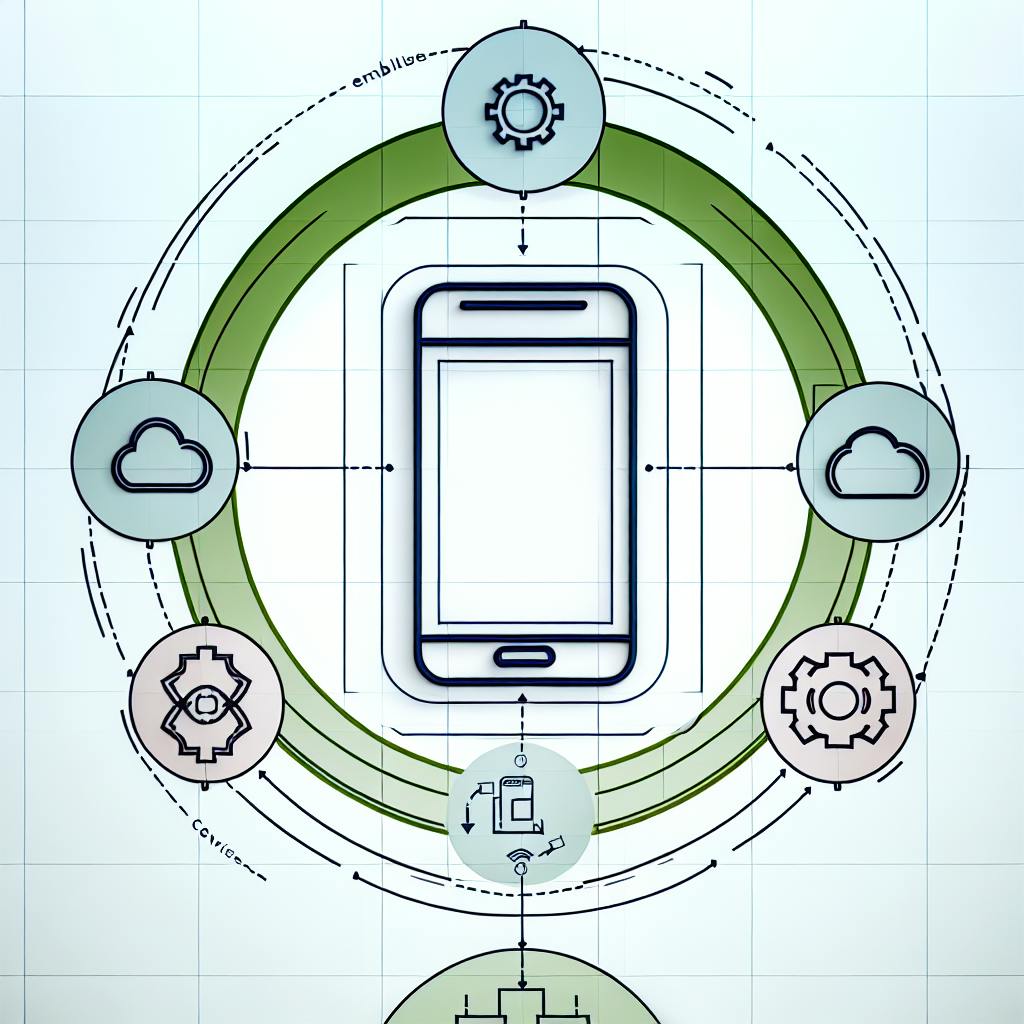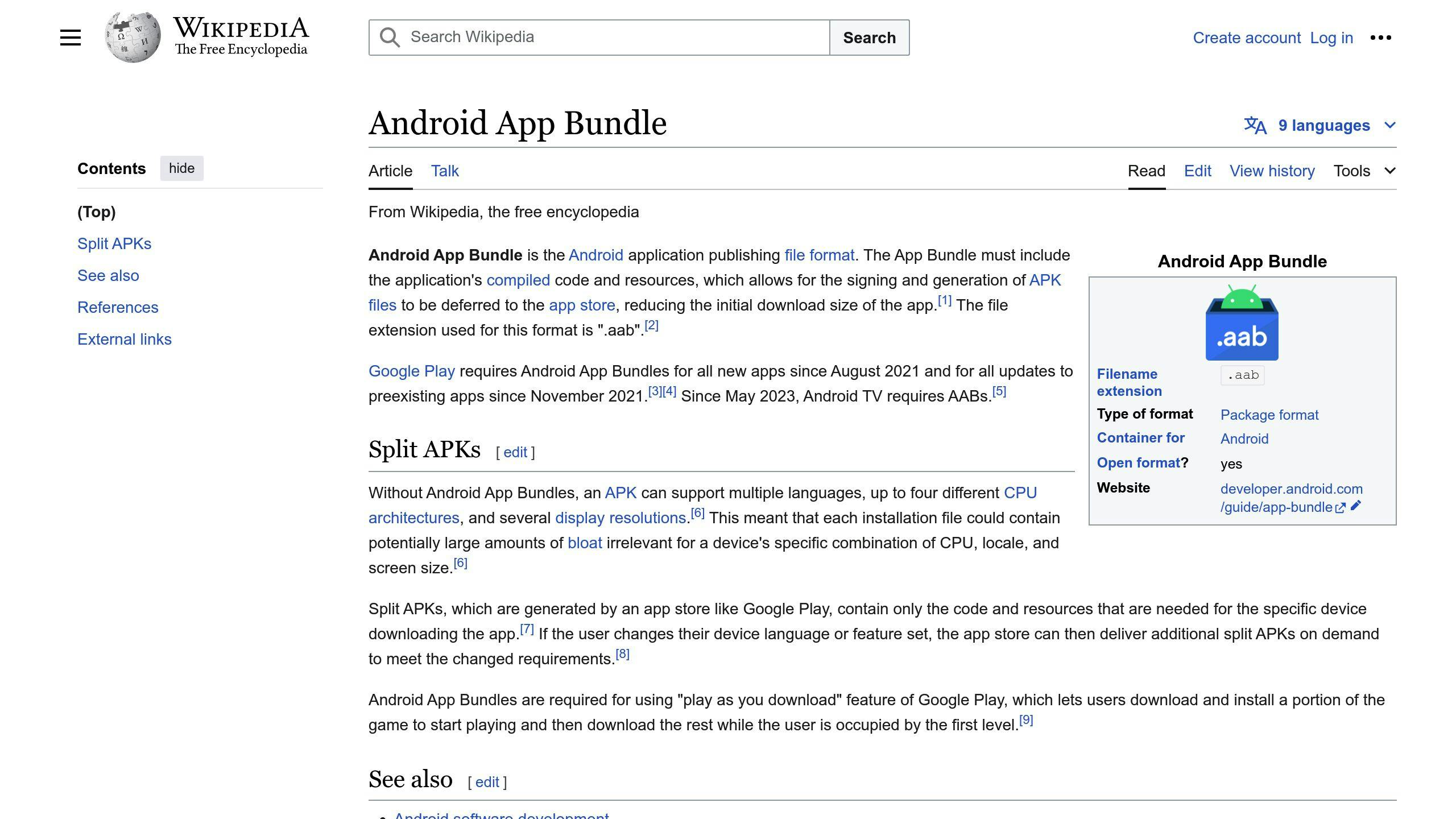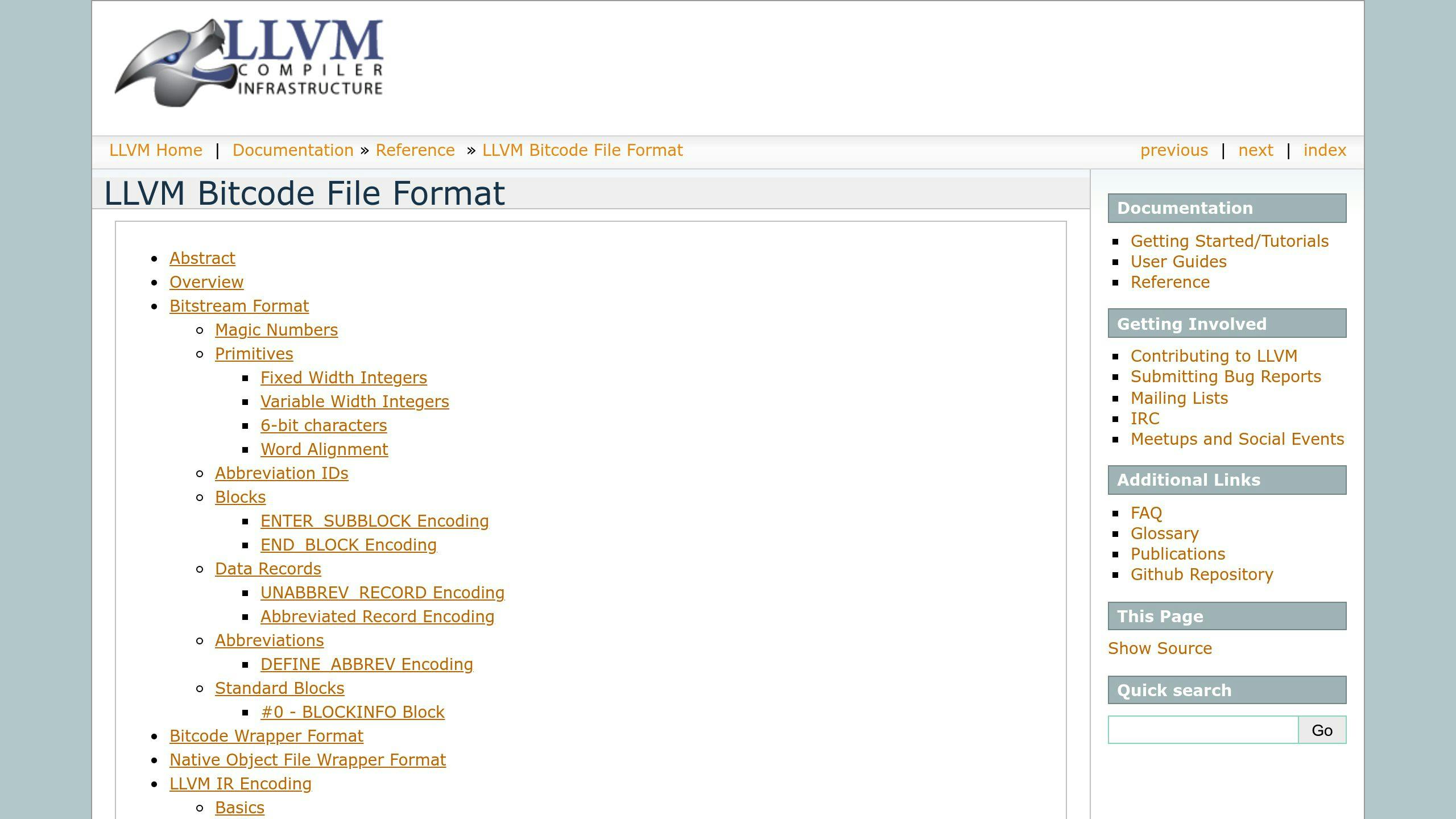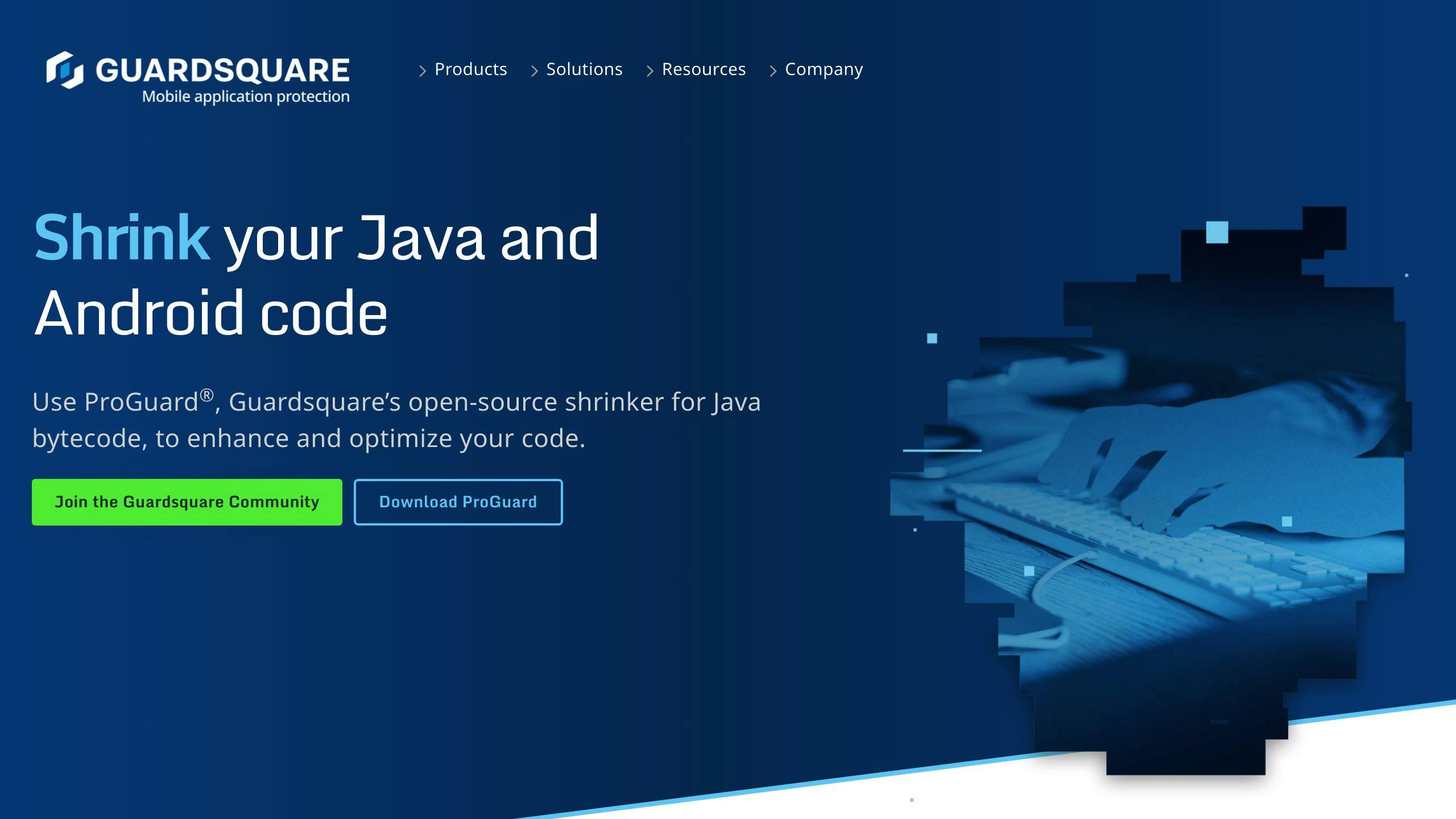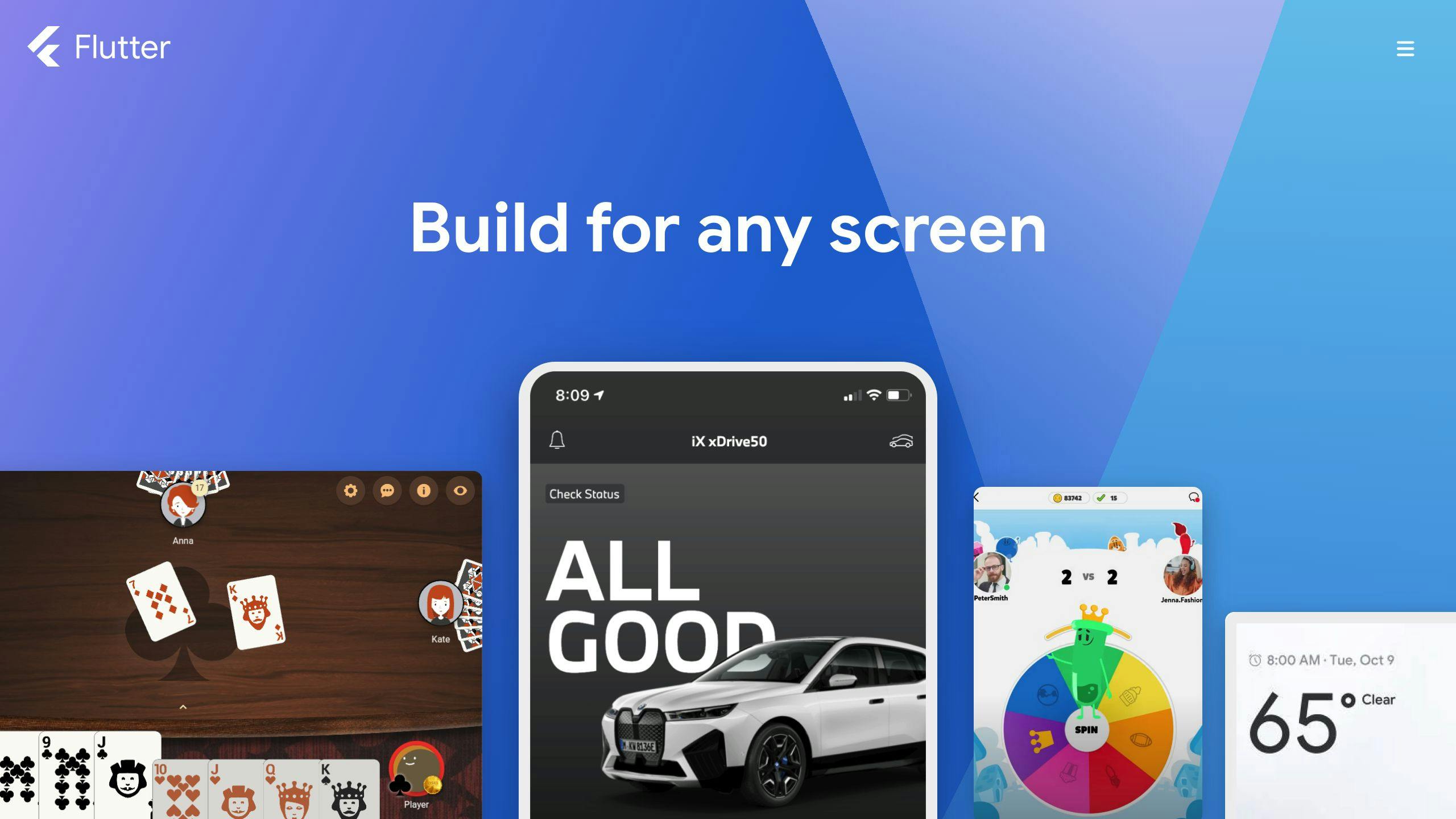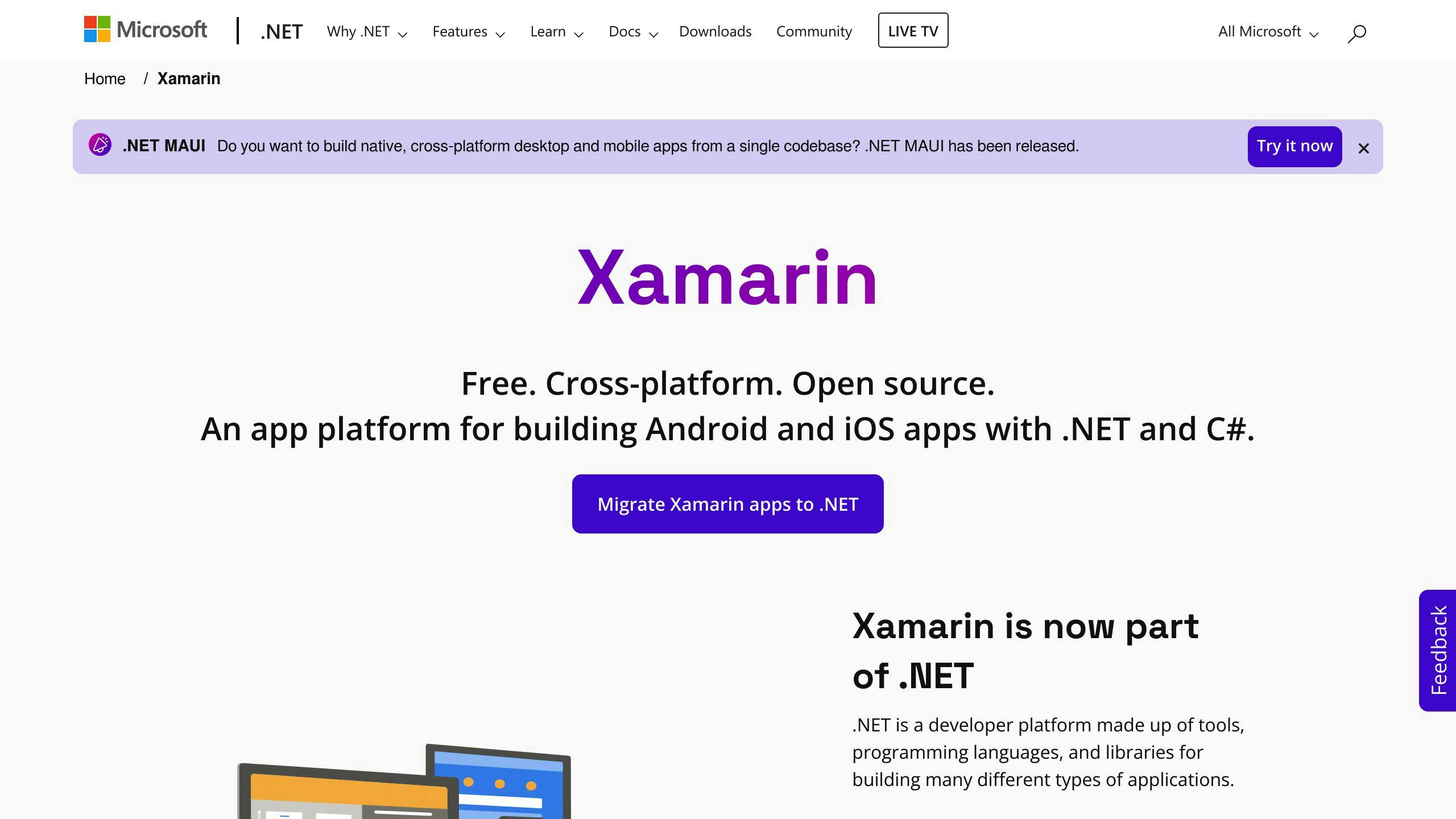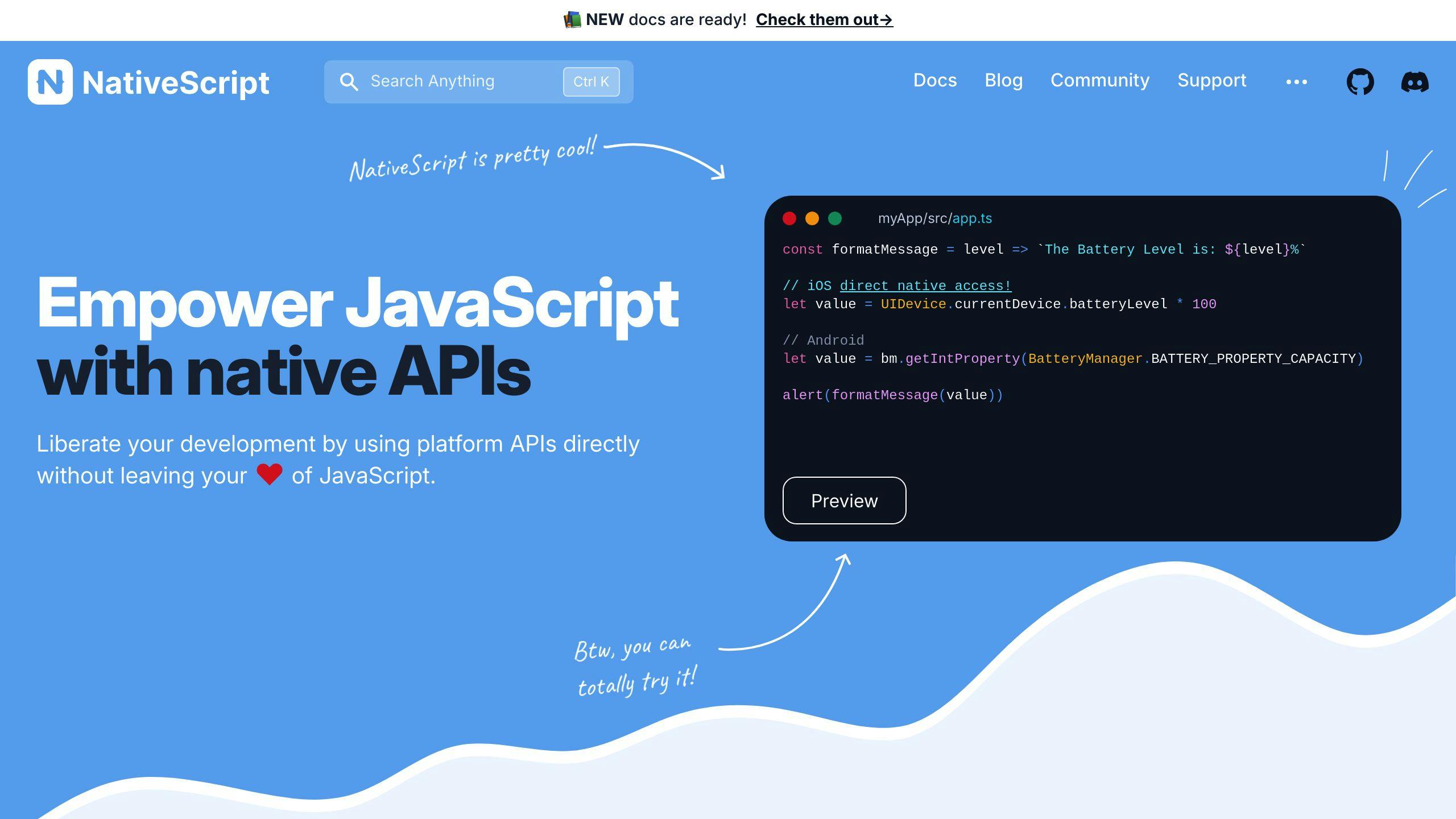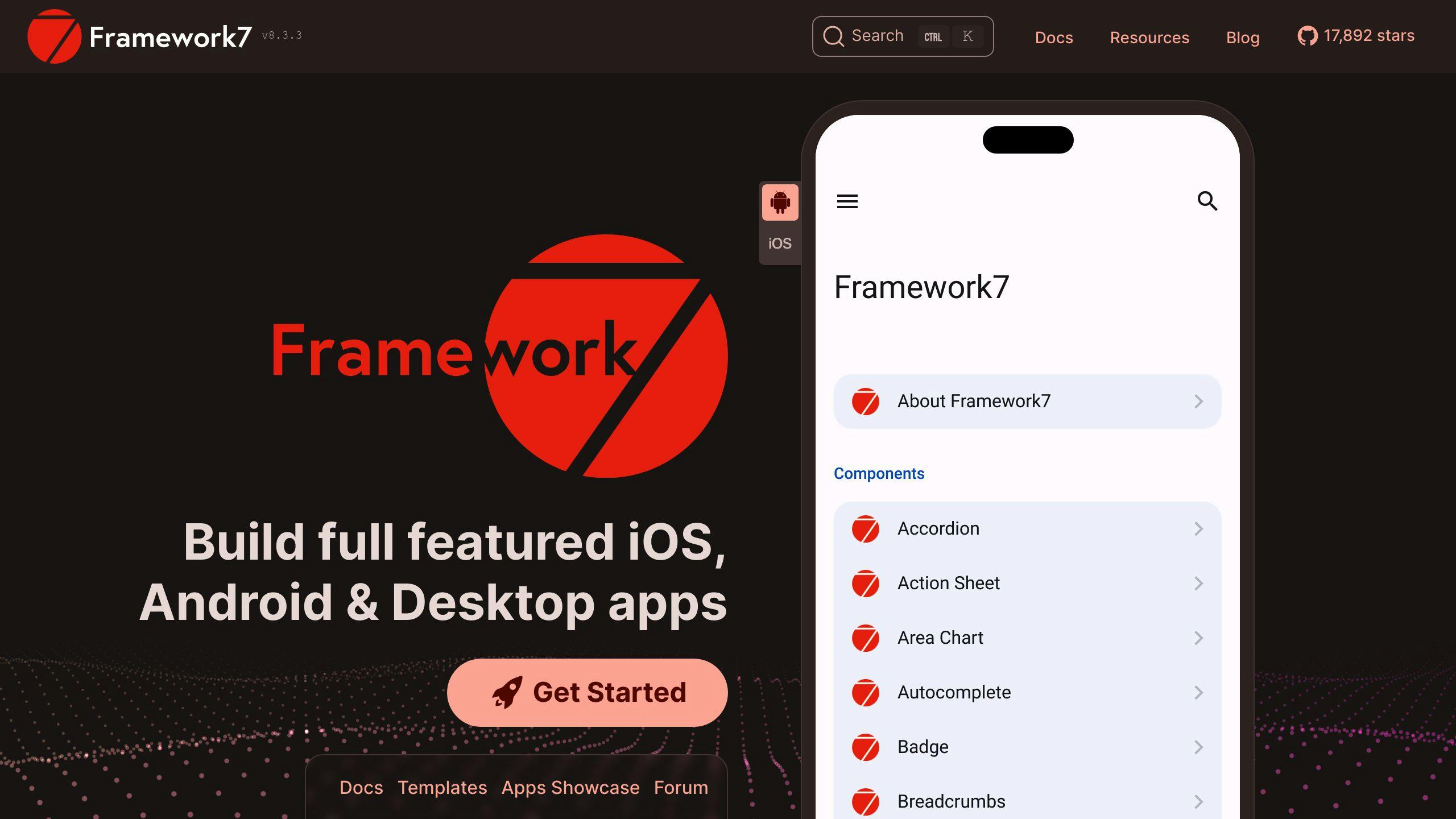Setting up multiplayer for mobile games in Unity can seem daunting, but this guide will walk you through the entire process step-by-step. By the end, you'll have a fully functional multiplayer game ready for deployment on Android and iOS.
Key Steps:
- Create a new Unity project for your mobile multiplayer game
- Import required assets and packages, including the Unity Multiplayer package
- Configure project settings for Android and iOS platforms
- Enable Unity Multiplayer Services and create a new multiplayer configuration
- Integrate multiplayer using the Multiplayer HUD, Networking API, or Transport Layer API
- Manage player connections, including joining/creating games and authentication
- Implement gameplay logic like spawning objects, synchronizing state, and handling input
- Test and debug your multiplayer functionality locally
- Build and deploy your game for Android and iOS app stores
Quick Comparison of Multiplayer Integration Methods:
Integration MethodDescriptionComplexityMultiplayer HUDSimple UI for matchmaking and session managementLowNetworking APIMore control over networking with high-level APIMediumTransport Layer APILow-level API for custom networking solutionsHigh
By following this guide, you'll gain a solid understanding of setting up multiplayer for mobile games in Unity, from project configuration to deployment. Let's get started!
Related video from YouTube
Setting Up the Project
Setting up a Unity project for mobile multiplayer games involves creating a new project, importing necessary assets, and configuring settings for Android and iOS.
Creating a New Project
Follow these steps to create a new Unity project:
- Open Unity Hub: Click "New" to start a new project.
- Project Details: Enter a project name and location. Choose the "3D" or "2D" template based on your game type.
- Select Platform: Choose "Mobile" and select target devices (Android and/or iOS).
- Create Project: Click "Create" to set up the new project.
Importing Assets and Packages
To enable multiplayer features, import the Unity Multiplayer package:
- Open Package Manager: Go to Window > Package Manager.
- Search for Unity Multiplayer: Find the package and select it.
- Install Package: Click "Install" to add it to your project.
Configuring for Mobile
Set up your project for mobile development by configuring settings for Android and iOS:
- Open Project Settings: Go to Edit > Project Settings > Player.
- Select Platform: Choose "Android" or "iOS" and adjust platform-specific settings.
- Configure Settings: Set up graphics, audio, and input settings according to your game needs.
Enabling Multiplayer Services
Setting up Unity Multiplayer Services is key for online multiplayer in your mobile game. This section will guide you through accessing the Unity Services window, enabling the Multiplayer Service, and creating a new Multiplayer configuration.
Accessing Services Window
To open the Unity Services window:
- Open your Unity project.
- Go to Window > Services.
Enabling Multiplayer
In the Services window:
- Select Multiplayer.
- If prompted, set up a new Multiplayer configuration.
Creating Multiplayer Config
To create a new Multiplayer configuration:
- Enter the number of players per room.
- Click Save.
Your Multiplayer Services Dashboard will now show your project settings. You can now integrate Multiplayer into your game.
Integrating Multiplayer
Integrating Multiplayer is a key step in setting up Unity Multiplayer for mobile. This section covers different ways to integrate the Multiplayer Service, focusing on the Multiplayer HUD, Networking High-Level API, and the Transport Layer API for advanced users.
Using Multiplayer HUD
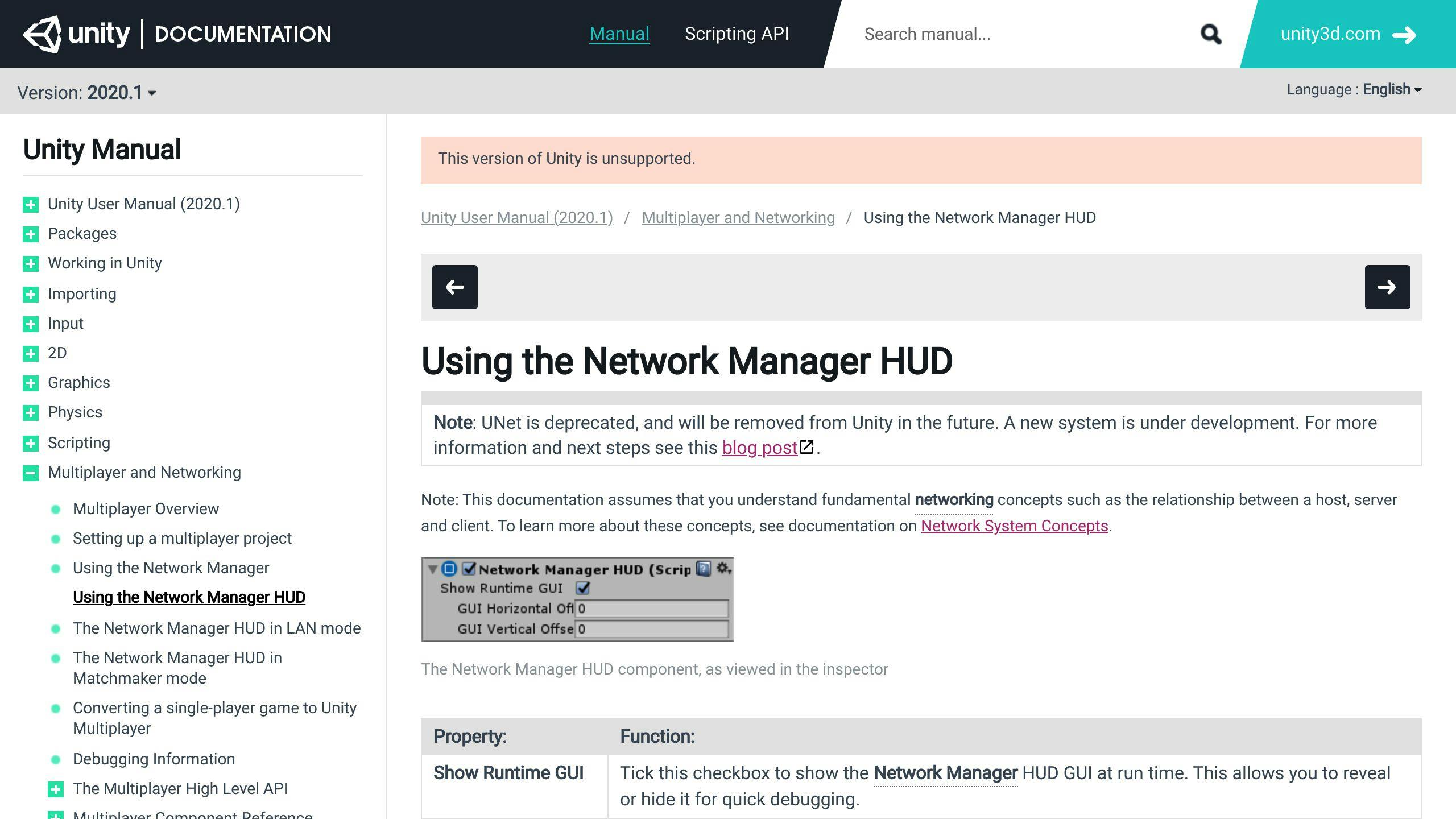
The Multiplayer HUD is a simple interface to manage multiplayer sessions. To add the Multiplayer HUD to your project:
- Import the Multiplayer HUD package from the Unity Asset Store.
- Create a new scene and add the Multiplayer HUD prefab.
- Adjust the HUD settings to fit your game.
The Multiplayer HUD makes it easy to handle matchmaking, session management, and real-time player tracking. However, it may not be ideal for complex multiplayer setups or games needing custom networking.
Using Networking API

The Networking High-Level API offers more control over multiplayer features. To set up the Networking API:
- Create a new Network Manager in your scene.
- Register player prefabs and set up networked player movement and actions.
- Implement networked gameplay logic using the Networking API.
The Networking API provides more flexibility but requires a good understanding of networking concepts and Unity's multiplayer system.
Using Transport Layer API

The Transport Layer API is a low-level networking API for advanced users. It gives detailed control over network transport and connection types. To use the Transport Layer API:
- Set up the NetworkTransport component in your scene.
- Configure network transport and connection types to fit your game.
- Implement custom networking logic using the Transport Layer API.
The Transport Layer API is best for complex multiplayer scenarios or games needing custom networking solutions. It requires a deep understanding of networking concepts and Unity's multiplayer system.
sbb-itb-8abf120
Managing Player Connections
Managing player connections is a key part of Unity multiplayer setup for mobile. This section covers how to manage player connections and disconnections, including player authentication and data synchronization.
Connecting to the Server
To connect to the server, use the PhotonNetwork.ConnectUsingSettings method. This method connects to load-balanced servers and takes a string parameter to distinguish between versions or group clients.
Joining a Game
To join an existing game, use the PhotonNetwork.JoinRandomRoom method. This method allows players to join any available game (room). You can also set filters for the maximum number of players and game-specific criteria.
Creating a Game
To create a new game, use the PhotonNetwork.CreateRoom method. This method sets up a new room with the specified name, visibility, and maximum player count. You can also specify whether the room is open for others to join.
Handling Player Disconnections
When a player disconnects, handle the disconnection event to update the game state. Use the PhotonNetwork.OnDisconnected method to manage player disconnections.
Implementing Player Authentication
If your game requires player authentication, use the PhotonNetwork.Authenticate method. This method takes a username and password as parameters and authenticates the player with the server.
Implementing Gameplay
Implementing gameplay is a key part of Unity multiplayer setup for mobile. This section covers creating and spawning networked game objects, synchronizing game state, handling player input, and implementing game rules and scoring systems.
Creating and Spawning Networked Game Objects
To create networked game objects, use the PhotonNetwork.Instantiate method. This method creates a new instance of a prefab on the server and synchronizes it across all connected clients. You can also specify a parent object and a position for the instantiated object.
Synchronizing Game State Across Clients
To synchronize game state across clients, use the PhotonView component. This component allows you to observe and control the state of game objects on the server and clients. You can use the PhotonView.OnSerialize method to serialize and deserialize game state data.
Handling Player Input and Actions
To handle player input and actions, use the PhotonNetwork.RaiseEvent method. This method sends an event to the server, which can then be processed and broadcast to all connected clients. You can use this method to implement player actions, such as movement, shooting, or chatting.
Implementing Game Rules and Scoring Systems
To implement game rules and scoring systems, use a combination of server-side scripting and client-side validation. On the server, use scripts to enforce game rules and update the game state accordingly. On the client, use scripts to validate user input and display the game state to the player.
Testing and Debugging
Testing and debugging are key steps to ensure your Unity multiplayer game for mobile works as expected. This section covers tips for testing multiplayer locally, debugging issues, and using Unity's profiling tools for performance.
Testing Multiplayer Functionality Locally
Testing multiplayer locally can be tricky, but here are some methods to help:
- ParrelSync: Use ParrelSync to manage multiple project versions easily.
- WiFi Hotspot Network: Test your game on multiple Android devices by following these steps:
- Install your game on two Android devices.
- Open Hotspot on one device and connect the other device to the same network.
- On the first device, click on "Lan Host(H)" in Network Manager HUD.
- On the second device, enter the IP address of the first device in the LAN CLIENT option.
Debugging Multiplayer-Specific Issues
Debugging multiplayer issues can be complex. Use these tools and techniques:
- Unity Debugger: Identify and fix issues using Unity's built-in debugging tools.
- Logging and Error Reporting: Track down issues with logging and error reporting tools.
Using Unity's Profiling Tools for Performance Optimization
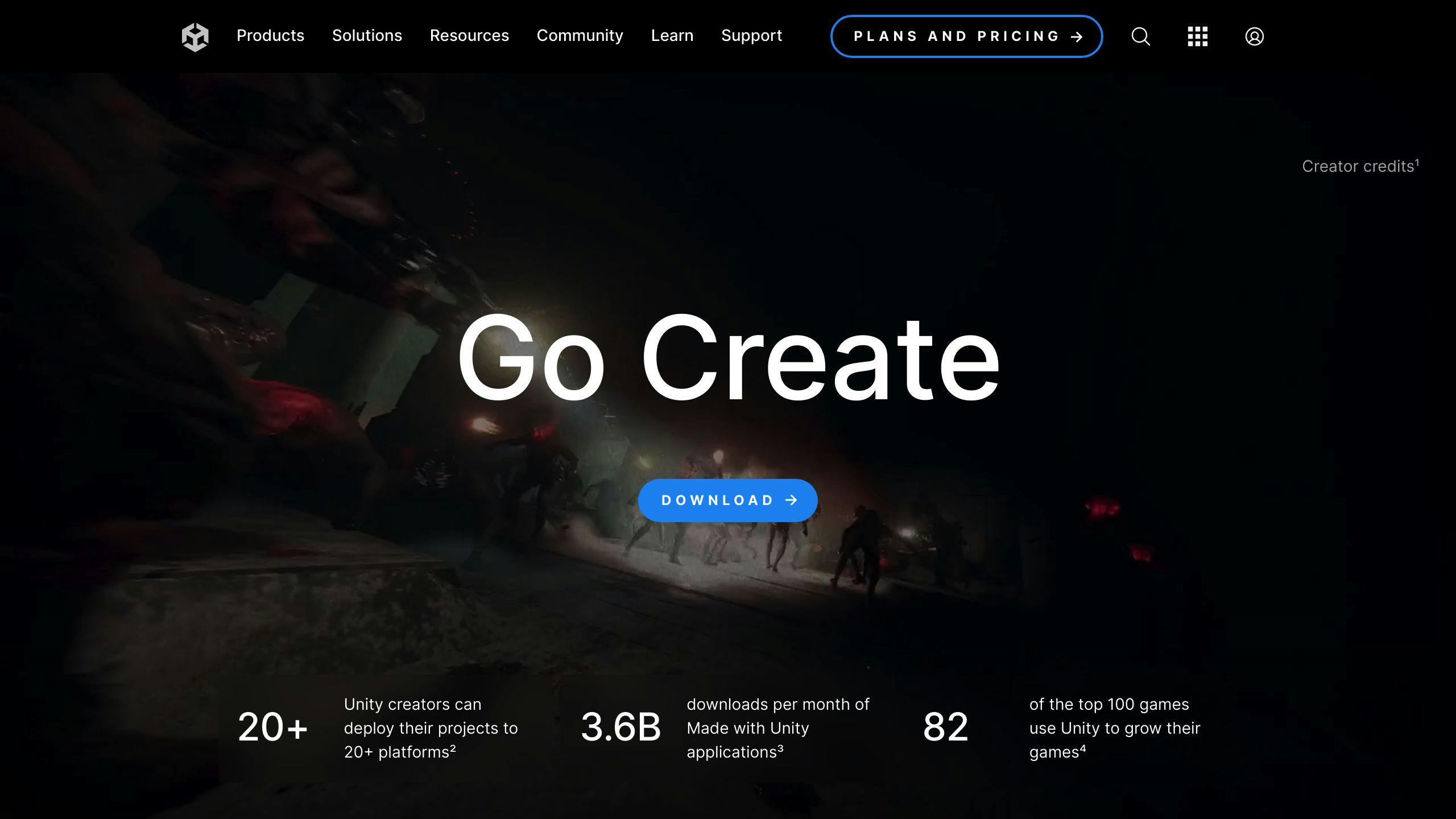
Optimize your game's performance using Unity's profiling tools:
- Profiler: Get detailed information on CPU usage, memory usage, and rendering performance.
- Identify Bottlenecks: Use the Profiler to find and fix performance bottlenecks.
Building and Deploying
Building and deploying a Unity multiplayer game for mobile devices involves several steps. This section covers the essential instructions for building the project for mobile platforms (Android and iOS), deploying the game to app stores or distribution platforms, and considerations for online multiplayer such as dedicated servers and matchmaking.
Building for Mobile Platforms
To build your Unity project for mobile platforms, follow these steps:
- Open the Unity Editor and go to File > Build Settings.
- Select the target platform (Android or iOS) and configure the build settings accordingly.
- Ensure that the Multiplayer Service is enabled and configured correctly.
- Build the project for the selected platform.
Deploying to App Stores or Distribution Platforms
Once the build is complete, you can deploy your game to app stores or distribution platforms. For Android, you can publish your game on the Google Play Store, while for iOS, you can publish on the App Store. You can also consider alternative distribution platforms like Amazon Appstore or Samsung Galaxy Store.
Dedicated Servers and Matchmaking
For online multiplayer games, dedicated servers and matchmaking are important components. Dedicated servers provide a reliable and scalable infrastructure for hosting game sessions, while matchmaking ensures that players are matched with suitable opponents. Consider using cloud-based services like Google Cloud or Amazon Web Services for dedicated servers, and implement matchmaking algorithms that cater to your game's specific requirements.
Conclusion
Congratulations on completing the Unity Multiplayer Setup for Mobile: Step-by-Step Guide! By following this guide, you have successfully set up a Unity multiplayer game for mobile devices. You have learned how to:
- Create a new project
- Import assets and packages
- Configure for mobile
- Enable multiplayer services
- Integrate multiplayer
- Manage player connections
- Implement gameplay
- Test and debug
- Build and deploy your game

